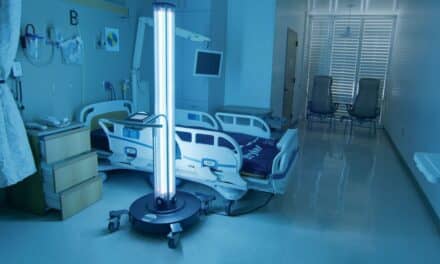Too many otherwise healthy patients are dying in hospitals when changes in technology, procedures, and culture could save them, according to AAMI research.
That was the major theme that emerged during the first day of the AAMI Foundation’s regional meeting, which was held last week in Chicago, as 124 physicians, nurses, patient safety advocates, and others from more than 18 leading health care delivery organizations discussed some of the most critical and challenging issues faced in health care—infusion therapy safety, alarm management, and continuous monitoring of patients on opioids.
“Bad stuff happens to people in hospitals; we all understand that. What should bother us is that bad stuff happens to non-sick patients in our hospitals,” said keynote speaker Frank J. Overdyk, MSEE, MD, a staff anesthesiologist at Roper St. Francis Health System in Charleston, SC, and a member of the AAMI Foundation Board of Directors. “This is where people go—they trust their doctors; they trust their medical facilities that they go to for care.”
In one “failure to rescue” case described by Overdyk, a 39-year-old mother admitted to the hospital for kidney stones died of a brain injury while on a morphine drip. With better education and continuous monitoring, she and several other patients like her would not have died, he said.
Speakers at the meeting discussed their experiences with systems to centralize and manage the monitoring of pulse oximetry, ventilators, infusions, and the management of alarm systems. Sue Carol Varrillo, a nurse manager at the Baltimore-based Johns Hopkins Hospital, described a three-month postoperative pilot study to monitor patient vital signs—and the alarms those vitals generate—that was directly responsible for preventing the deaths of six patients. Once the technology and vigilance were in place, clinicians found evidence of undiagnosed medical conditions and were able to intervene before it was too late.
“Patients want to feel safe in the hospital,” Varrillo said. “[But] they don’t feel safe. When they come in and we said we’ll watch their vital signs all night and day—they loved it. You have knowledge because you have data. It made a big difference and empowered the nurses with that knowledge…then you make your decisions as a team.”
Since 2014, the AAMI Foundation has established four patient safety initiatives: the National Coalition for Infusion Therapy Safety, the National Coalition to Promote Continuous Monitoring of Patients on Opioids, the National Coalition for Alarm Management Safety, and the Home Health Infusion Initiative.
“This regional meeting brings together clinicians from all over the country to talk about how to save lives through improvements in alarm management, infusion therapy safety, and continuous monitoring of patients on opioids,” according to Marilyn Neder Flack, AAMI’s senior vice president of patient safety initiatives and executive director of the AAMI Foundation. “These are crucial issues that affect the lives of patients, their families, and their loved ones every day.”
For more information about the AAMI Foundation, click here.






Phoeemnnal breakdown of the topic, you should write for me too!